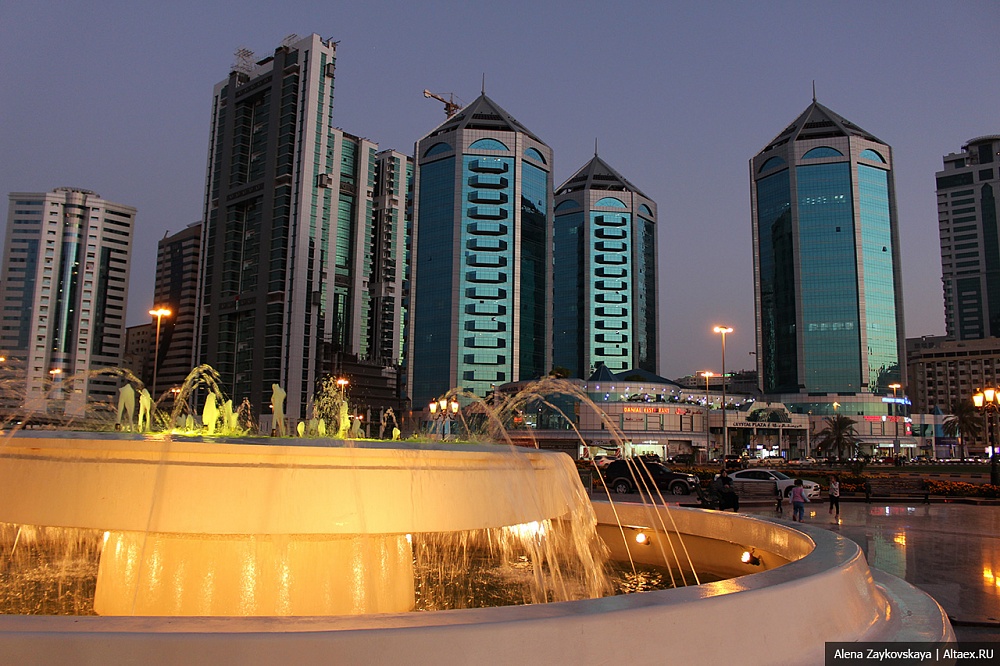In Sharjah’s freehold property market, everyone is winning right now.
Or nearly everyone.
Developers are launching new projects that are still finding buyers; investors who bought properties earlier and wanting to sell at a profit in the secondary market are able to do so; and tenants are finding places to rent at lower rates than they used to.
End-users have been moving into their just handed over homes at some of the emerging communities in the emirate. (Well, not everyone gets to win – landlords have had to make concessions on their demands to keep their properties occupied.)
But the biggest gain for Sharjah’s property market would be the creation of an active secondary market, where real estate investors now have a chance to make an exit like they do in Dubai or Abu Dhabi. In fact, right now, Sharjah’s the only property market in the UAE where they are able to sell at a premium to what they bought at.
“Masterplanned communities in “New Sharjah” such as Al Zahia are seeing healthy levels of secondary market activity,” said Shane Breen, Director of Commercial Valuations and Consultancy Services at Savills-Sharjah. “This is expected to increase significantly over the next two-three years as project handovers ramp up.
“Generally, investors are seeing limited gains in the current market – particularly for large properties types. Premiums of 5-10 per cent on the original sale prices are seen for certain apartments within projects like the Al Zahia Garden Apartments development.
“The market is still in its infancy with investors seeking attractive yields, high occupancy levels and secure income over capital appreciation.”
Handovers boost values
At residential communities like Nasma Residences, the start of handovers is offering a boost to prices in the secondary space. Expect a repeat at Aljada, where handovers will start later in the year.
“The recent Sharjah real estate market update from Bayut showed the prices for apartments in Muwaileh, the district where Aljada is based, rose 7 per cent last year,” said a spokesperson at Arada, the developer of both Nasma and Aljada. “That makes it one of the only places in the UAE, to the best of our knowledge, to have seen prices rise last year.
“We launched Nasma in March 2017 at Dh650 a square foot and we raised the price about a year later to Dh675. We are seeing homes on the secondary market at Nasma Residences selling at about Dh700.”
At Aljada, where sales launched in September 2018 at Dh750 per square foot, the average selling price is around Dh800. But the key moment would be when the first handovers begin, at some point this year.
Gradual gains
On the face of it, the difference between offplan and secondary market prices may not be that stark. But the Sharjah property market is learning to adjust at its own pace, and not dictated by what’s happening elsewhere in the country.
Last year, there were Dh16.7 billion worth of residential transactions in Sharjah, according to official data. This involved more than 3,300 properties.
“Supply addition has remained strong in 2019, with multiple projects being launched — Sharjah Sustainable City (an alliance between Shurooq and Diamond Developers), The Boulevard and Nest Complex (from Arada), and the Muwailah community (Thuraiah Group),” says a new report from Savills.
“The strong demand for residential was on account of the availability of ample investment opportunities across projects in emerging areas, as well as Sharjah City, such as Muwailah and Al Khan. Apart from affordability, growing interest can be attributed to a diverse factors — availability of gated communities, less traffic congestion and [their more] recent development timelines.”
Going easy with offplan launches
Developers in Sharjah too could slow down on offplan launches.
“With oversupply being a concern, Sharjah based developers will likely focus on delivering what’s currently in their existing pipelines,” said Shane Breen, Director of Commercial Valuations and Consultancy Services at Savills – Sharjah.
“That being said, we believe that if developers see strong sales over the first three months of the year, things could change. Demand still remains positive – from local and expatriate investors in Sharjah – and developers are being more cautious than ever to not oversupply the market.”








